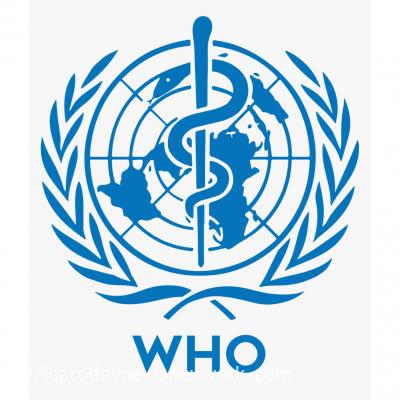The World Health Organization (WHO) reported a consistent decline in the number of adult tobacco users in recent years on Tuesday, cautioning that Big Tobacco is actively working to counter this downward trend.
According to the UN health agency, in 2022, around one in five adults across the globe were smokers or consumers of other tobacco products, a considerable reduction from the one in three reported in 2000.
The WHO announced that a recent report examining trends in tobacco use prevalence from 2000 to 2030 revealed that 150 countries were effectively lowering tobacco use.
The WHO cautioned that, although smoking rates are on the decline in most countries, tobacco-related deaths are expected to remain high for years.
According to WHO statistics, tobacco use is currently estimated to result in the deaths of over eight million people annually, a toll that includes approximately 1.3 million non-smokers exposed to second-hand smoke.
‘Countries implementing strong tobacco control measures can expect to wait about 30 years between turning the prevalence rate from increasing to decreasing and seeing an associated turnaround in the number of deaths due to tobacco,’ Tuesday’s report said.
The diminishing trend in smokers notwithstanding, the WHO expresses concern over the anticipated failure to meet the 30% reduction target in tobacco use set for the period between 2010 and 2025.
A total of 56 nations globally are anticipated to meet the target, with Brazil standing out as a frontrunner having achieved a remarkable 35% reduction in tobacco consumption since 2010.
Conversely, tobacco consumption has increased in six countries since 2010, namely the Republic of Congo, Egypt, Indonesia, Jordan, Moldova, and Oman.
Over the 15-year period leading up to 2025, the report asserts that the world is making substantial strides towards a 25% decrease in tobacco use.
While celebrating the advances made, the WHO warned that the tobacco industry was intent on rolling them back.
‘Good progress has been made in tobacco control in recent years but there is no time for complacency,’ said Ruediger Krech, director of the WHO’s health promotion department.
Read also: WHO Worried Over Escalating Antibiotic Abuse
‘I’m astounded at the depths the tobacco industry will go to pursue profits at the expense of countless lives,’ he said.
‘We see that the minute a government thinks they have won the fight against tobacco, the tobacco industry seizes the opportunity to manipulate health policies and sell their deadly products.’
The WHO urged all countries to maintain and strengthen control policies and to fight “tobacco industry interference”.
Emphasizing the need for attention, the report suggests a particular focus on improving data collection regarding tobacco use among adolescents, particularly for emerging smokeless products.
The report highlights that, on a global scale, an estimated 10% of 13- to 15-year-olds engage in the use of one or more varieties of tobacco.
This translates to a minimum of 37 million adolescents, with at least 12 million among them using newly introduced smokeless tobacco products.
The report highlights that these numbers are likely underestimated, with over 70 countries not providing data, indicating a potential shortfall in the reported figures.
‘This was worrying because ‘countries need these data to counter tobacco and associated industries’ claims that adolescents are not being targeted as new clients,’ it said.
The available data suggests the industry attempts to undermine countries’ efforts to dissuade young people from using tobacco products.
‘Young people are still reporting regular use of the products, easy access to purchasing them and low concerns about becoming addicted,’ the report said.
‘Gathering data from adolescents on their knowledge, attitudes and practices is the most powerful way to combat the industry and shape effective policies that prevent initiation of tobacco use.’

